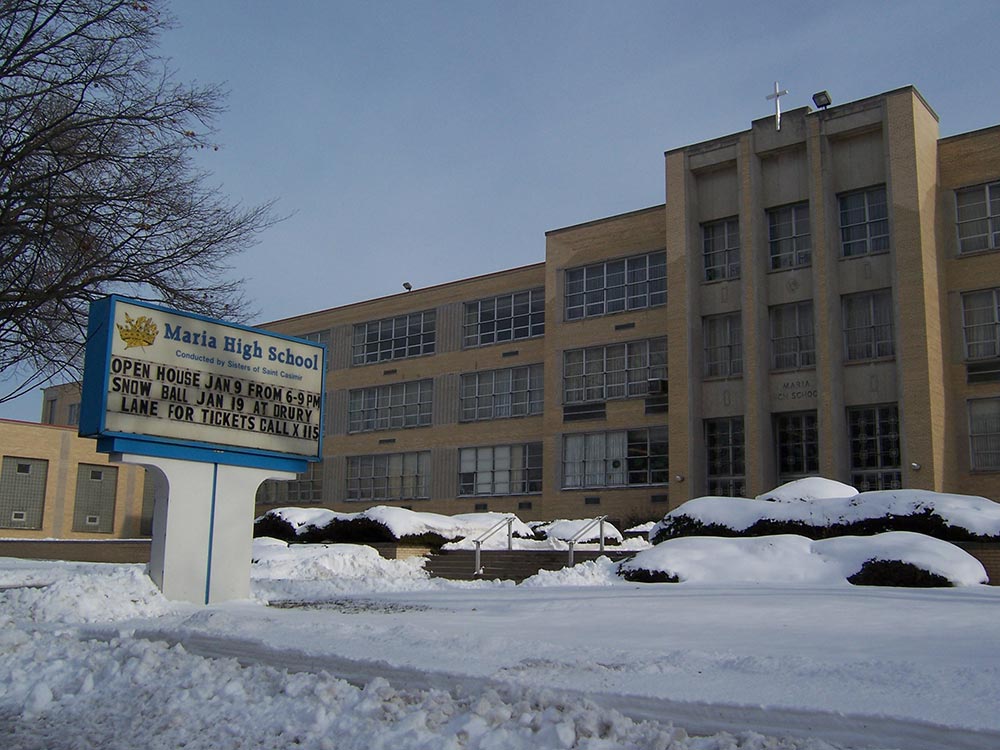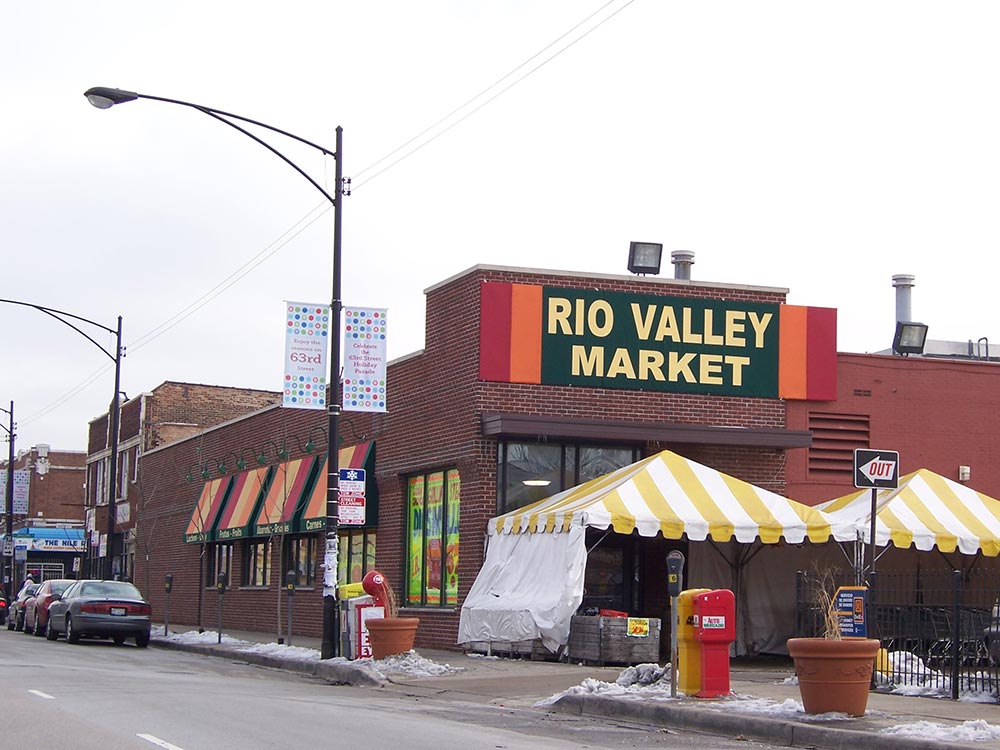Welcome to Marquette Park
Located on Chicago’s southwest side, Marquette Park is a neighborhood with deep historical ties and a strong sense of identity. Named after the 323-acre park at its center, the area blends residential streets with commercial corridors and open green space.
The park itself serves as a community hub and one of the largest public parks in the city. Home to a lagoon, athletic fields, and walking trails, it has long been a place where locals gather for everything from pick-up games to quiet afternoon strolls. The fieldhouse, built in the 1930s, is a reminder of the neighborhood’s place in Chicago’s broader park development history.
Marquette Park’s cultural footprint is reflected in the shops, bakeries, and restaurants found throughout the area. Historically home to a large Polish and Lithuanian population, the neighborhood today features a wide range of local businesses that speak to its evolving demographics.
Housing options here reflect decades of development, from classic brick bungalows to mid-century homes and multi-unit buildings. Many blocks are lined with mature trees, and the residential layout is designed to feel connected to both the park and the nearby commercial corridors.
Several schools, libraries, and institutions are located within or near the neighborhood, contributing to the day-to-day life of residents. Access to major roadways—including I-55 and I-94—along with CTA bus routes and proximity to Midway Airport make commuting and travel accessible from Marquette Park.
Throughout its history, Marquette Park has been shaped by change, community involvement, and civic pride. Today, with its picturesque park, diverse culinary options, and a strong sense of neighborhood pride, Marquette Park in Chicago is a wonderful place to live, work, and explore.
Marquette Park is a part of Chicago Lawn.-
Looking to Buy? Search Marquette Park listings
-
Interested in Selling? Request a Listing Presentation
-
Want More Information? Sign up for our Trends Report
For Sale in Marquette Park

Want more detailed information on Marquette Park?
Get a Trends Report delivered to your inbox monthly
Send Me Marquette Park Trends












